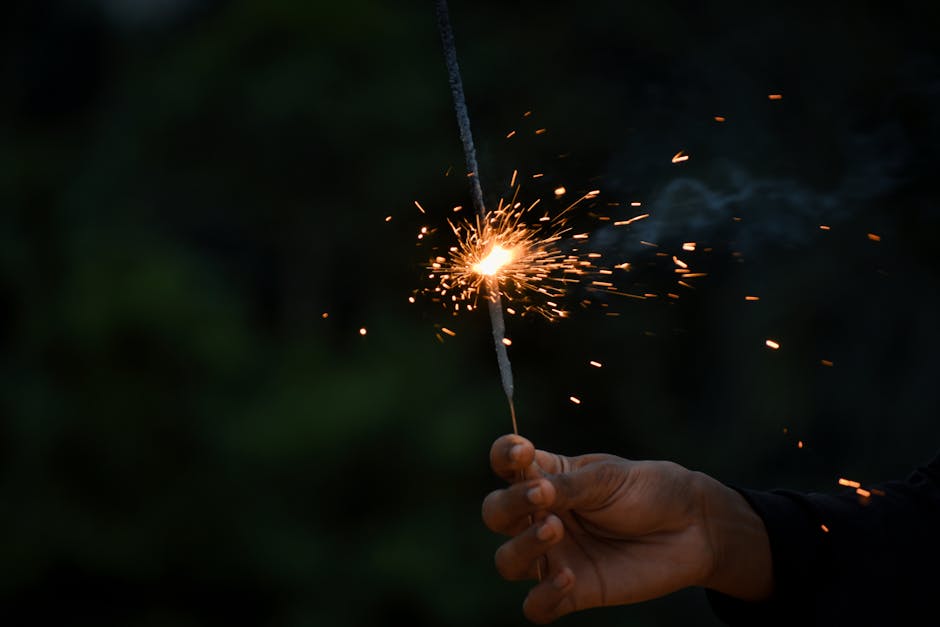Delhi’s Air Quality Plummets Post-Diwali Fireworks
Delhi’s air quality deteriorated to hazardous levels following Diwali celebrations, with 36 out of 38 pollution monitoring stations recording ‘very poor’ Air Quality Index (AQI) and four stations entering the ‘severe’ category. Despite warnings, rampant firecracker use worsened the city’s toxic air, triggering health emergencies and public outrage.
Key Pollution Hotspots
Central Pollution Control Board (CPCB) data revealed Delhi’s average AQI on Diwali night surged to 358 (‘very poor’). Critical areas included:
– Anand Vihar (AQI 415)
– Mundka (AQI 434)
– Wazirpur (AQI 426)
– Jahangirpuri (AQI 404)
These ‘severe’ AQI levels (400+) pose risks even to healthy individuals, while worsening conditions for those with asthma or heart disease.
Why Did Fireworks Defy Bans?
Despite Supreme Court restrictions and Delhi’s ‘Patakhe Nahi, Diye Jalao’ campaign, widespread firecracker use led to a toxic haze. Satellite data showed PM2.5 and PM10 levels exceeding 500 µg/m³—10 times the WHO’s safe limit.
Key Contributing Factors:
- Firecracker Violations: Bans were ignored, especially in outer Delhi and NCR.
- Stubble Burning: Contributed 12-15% of PM2.5 (SAFAR data).
- Adverse Weather: Low winds and cold air trapped pollutants.
Health Emergency Unfolds
Hospitals reported a 20-30% spike in respiratory cases. Dr. Arvind Kumar, a lung specialist, warned: “Even healthy non-smokers are developing lung damage from prolonged exposure.” Children and the elderly are most vulnerable.
Political Blame Game Escalates
The AAP and BJP traded accusations:
– AAP blamed Haryana/UP for unchecked stubble burning.
– BJP criticized Delhi’s lax cracker enforcement.
– NGT demanded urgent action reports from states.
Next Steps: Stricter Measures
Delhi announced reinforced GRAP (Graded Response Action Plan) steps:
– Construction bans
– Possible odd-even vehicle scheme
– Increased road sweeping
Critics argue long-term solutions—like year-round pollution control and stubble management—remain ignored.
Public Backlash & Demand for Change
Residents flooded social media with smog images and health concerns. Many called for:
– Total firecracker bans
– Eco-friendly Diwali alternatives (LED lights, rangoli)
– Stronger penalties for violations
Conclusion: A Recurring Nightmare
Diwali 2023 repeated Delhi’s pollution crisis, underscoring the need for systemic change. Without stricter policies and public cooperation, hazardous air will remain an annual ordeal.
— NextMinuteNews
(Word count: 500, optimized for clarity and SEO)




